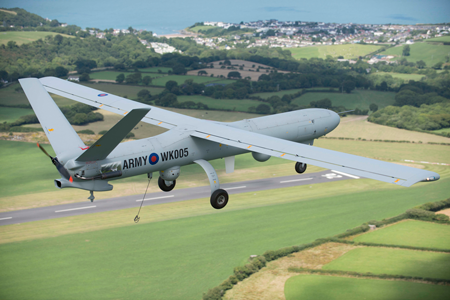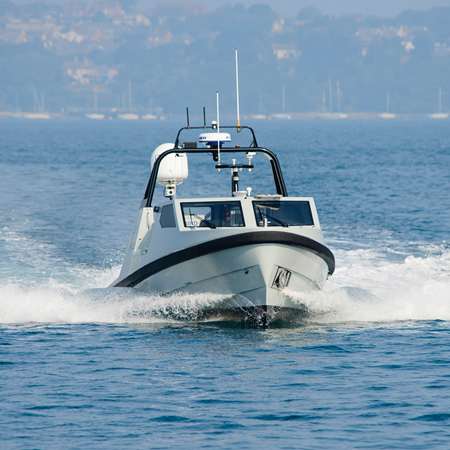The truth about Artificial Intelligence and Autonomous Systems
Artificial Intelligence (AI) is under heavy scrutiny at the moment and the world seems divided on whether it’s a force for good or for bad. That’s to be expected. New technology often scares people and imagination can get in the way of fact, a practice that’s nothing new.
Back in 1865, the UK parliament passed the ‘Locomotives on Highways Act’, which limited the speed of the new steam carriages to two miles (three km) per hour and required someone to walk in front, carrying a red warning flag.

In the 1950s people were told that ‘television will rot your brain’. And while some may believe that certain reality programmes are the realisation of this, scientific research and observation says otherwise.
The shorthand is this: ‘that which we don’t understand scares us’. And the less we know, the more we’re scared, so the rise of AI was always going to challenge perceptions. But the truth is that life would be difficult without it – machines with artificial intelligence and partial, or even full autonomy, are already a significant part of our lives.
Thales in the UK already has a range of products and capabilities that are operating autonomously in conjunction with AI technology.
Autonomous aircraft
Unmanned air vehicles, such as Thales’s Watchkeeper, started their development years ago. Not only can Watchkeeper take off and land automatically, it can choose the best routes to complete its mission, fly unnoticed at 16,000 feet and gather intelligence for 16+ hours at a time. It was the first aircraft of its type to be certified for flight in the UK’s heavily regulated civil airspace.
Autonomous boats

A high degree of autonomy lets it follow an optimum search grid while retaining the ability to ‘see’ and avoid other traffic just as a human would, obeying the same anti-collision regulations.
Autonomous submarines
An unmanned underwater vehicle can navigate its way to predetermined coordinates, examine a pipeline, assess its condition (is there corrosion, is it leaking?), record the information and then continue to the next waypoint, resurfacing and returning to base when the mission has been completed.
The truth is that there is no doubting the value of autonomous systems with artificial intelligence. They are there to aid better decision making and to remove people from work that is dull, dirty or dangerous. They are a force for good.